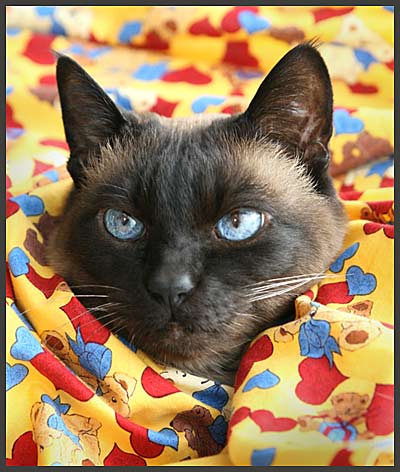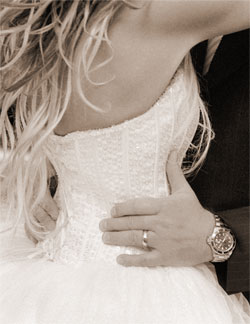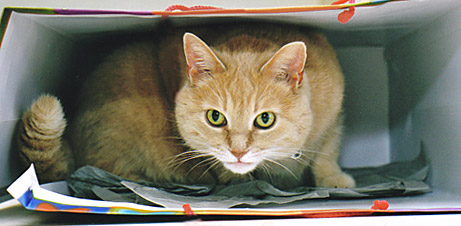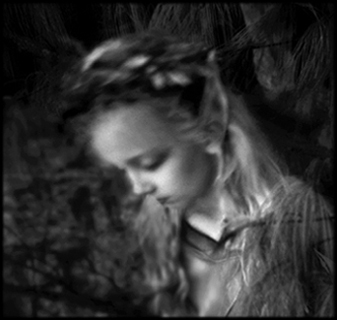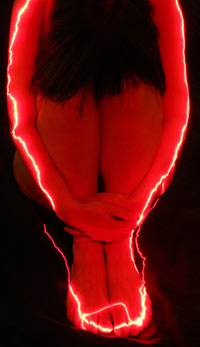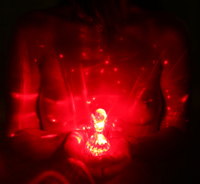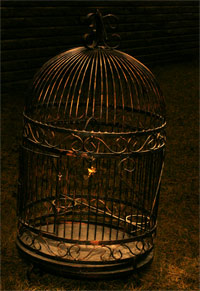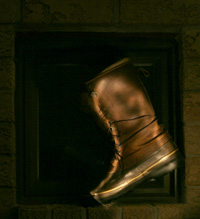Pets.ca is another website that I help run and lately on the bulletin board we have monthly pet photography challenges. This month’s challenge is Pet Valentines and here is one of the 3 photographs that‚I entered. The point is that there are soooo many pet lovers out there…and almost everyone has a camera so why not take some fun portraits of your pets?
I’ll be doing a photography podcast on pet photography in the near future so stay tuned for some tips! For this photograph I used window light on an overcast day and used bounced fill flash to fill in Ziglet’s (my boy cat’s)‚fur.
